The “Tales of” series marked its 25th anniversary in 2020. The series has come this far thanks to the love and support of its many fans. To commemorate this milestone, we gathered members of production teams who have worked on the “Tales of” series thus far and had them look back over the series’ 25 years of history. We have lots to share; from secret stories of past production told by legendary team members, to future prospects for the series, and the latest information from the current IP general producer.
*This article was originally released in Japan on December 16, 2020.
History of the “Tales of” series: Now 25 years old, boasting more than 45 titles
It was December 15, 1995, when the “Tales of” series made its debut. The series got its start with “Tales of Phantasia,” released as a role-playing game for the Super Famicom, known in the U.S. and Europe as the Super Nintendo Entertainment System. Unusually for Super Famicom software at the time, its view of the world was presented aggressively thanks to the game’s opening song and the actors it employed, among other factors, and it captivated game fans in droves. The “Tales of” series franchise evolved to include not only games, but also anime, comics, drama CDs, merchandise, and more. Since 2008, a major event called the Tales of Festival has been held yearly, with appearances from voice actors who appear in the series and artists who perform the theme songs.
The series has published more than 45 titles so far (as of December 2020), and diligent efforts of overseas teams have led to the release of “Tales of” games in over 100 countries and regions worldwide. Let’s set about unwrapping that history.
“Tales of” Series 25th Anniversary “Legends Talk” (Part 1)
“Legends Talk” is a special program created to commemorate the “Tales of” series’ 25th anniversary, now available for viewing on the Tales of Channel on YouTube. In this program, the creators who’ve shaped the history of the “Tales of” series — commonly known as the “legends” — gathered in one spot to tell secret production stories and such that can only be heard right here! In this installment, we also introduce some anecdotes that weren’t included in the program.
Here are the legends who appeared in the program!
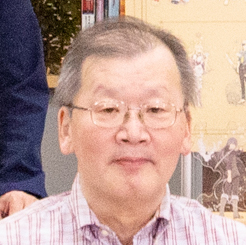
Shinichiro Okamoto

Makoto Yoshizumi
He served as sales promoter from “Tales of Phantasia” to “Tales of Eternia.” After “Tales of Eternia,” he switched to a development producer role, and has since produced titles such as “Tales of Symphonia” and “Tales of the Abyss.” He currently handles rights and promotions at BANDAI NAMCO Sevens Inc.
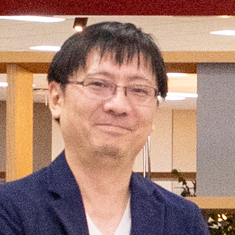
Yoshito Higuchi
After working on production for “SoulCalibur” and “TEKKEN Tag Tournament” series, among other titles, he began participating in the “Tales of” series starting with “Tales of Destiny 2.” Since then, he has served as a director and producer for such titles as “Tales of Symphonia” and “Tales of Vesperia.” He is currently the BANDAI NAMCO Studios studio game design manager.

Tatsuro Udo
He took part in the PlayStation version of “Tales of Phantasia” as a map programmer and he handled both battle programs and planning for “Tales of Eternia.” He also did planning for “Tales of Berseria.” He still works today at BANDAI NAMCO Studios, where he is doing planning for “Tales of the Rays.”
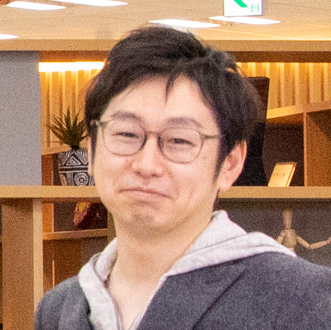
Emcee / Yusuke Tomizawa
Currently the IP General Producer for the “Tales of” series. After working at BANDAI, then transferring to the former BANDAI NAMCO Games, he joined Yoshizumi’s team to help launch the “God Eater” series. He later became involved with the “Tales of” series as a producer, starting with “Tales of Vesperia: Definitive Edition.” presently, he is serving as a producer for the latest title, “Tales of Arise,” as well as supervising the “Tales of” brand overall and leading IP strategy.
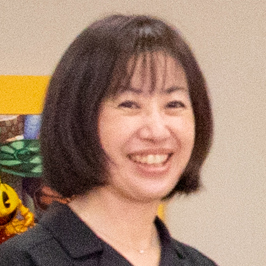
Emcee / Riko Kushida
Freelance writer who wrote the official book on the “Tales of” series. She specializes in video games and cars, among other things. Bird-watching is one of her hobbies.
Where it all started: The birth of “Tales of Phantasia”
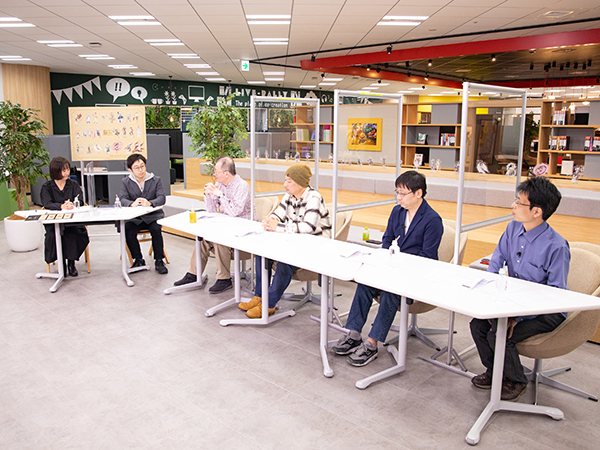
Tomizawa: I think storylines that center on the characters, which are a trademark of the “Tales of” series, are the elements that fans desire most. How did we build up those stories each time, and how well did we carry on the signature Tales of style? That is a topic that, I myself, as a producer also care about.
Okamoto: If we begin by talking about how the series got started, the first title, “Tales of Phantasia” (hereafter, Phantasia) got its inception with a prototype that was brought over from the software production company Nippon Telenet. The battle demo and the song with vocals made a huge impact on me. Development started, and after Telenet provided us with the storyline and the character configuration, we proceeded with the story’s development in consultation with Telenet.
What I remember about the character configuration at the time was that the heroine of “Phantasia,” Mint, was very meek, a cute type who cried easily. She was a character who didn’t come out and voice her opinion, and I thought, “This might not track well with the story,” so I asked them to revise her character to one that was quiet but had a backbone. I think you can tell if you look at the game version of Mint. I feel like her image changed quite a bit.
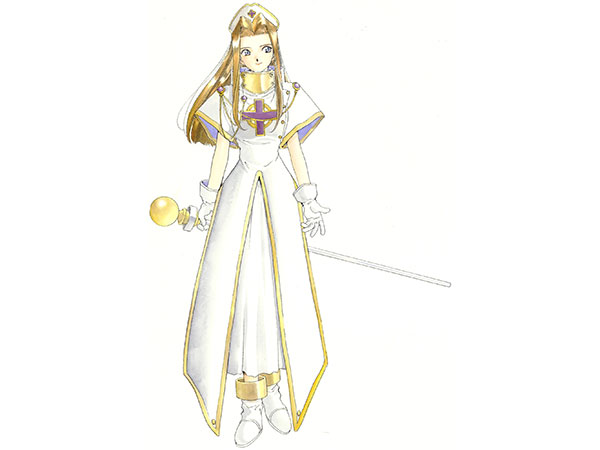
Kushida: That’s unexpected! I bet there are lots more anecdotes to share.
Okamoto: Another thing that was striking was the main antagonist of the series, Dhaos. The character himself existed from the initial stage of development, but when we reached the final stage of development and Dhaos’ line “This means the end of a billion lives” appeared in the script, I think elements common to the entire series emerged, such as the story’s seriousness and the definitions of both the antagonists’ side and the protagonists’ side.

Kushida: So, it didn’t really have a serious storyline at first.
Okamoto: Right. Though that might have been in the mind of the person who wrote the screenplay.
Yoshizumi: “Phantasia” is a plot that transcends time and not just a simple story where right wins over wrong. Overall, it’s logical and not a difficult story, right? Okamoto-san, did you like that kind of plot?
Okamoto: All the staff at (the former) Namco and Nippon Telenet liked it. Yoshiharu Gotanda(*1), who was the Nippon Telenet liaison and the programmer that was supervising the series, probably liked it too, I guess. At that time, stories of traveling through time were popular, too.
*1 Yoshiharu Gotanda: Served as a programmer for “Tales of Phantasia” in the Nippon Telenet days. He is currently CEO of the tri-Ace Inc. game production studio.
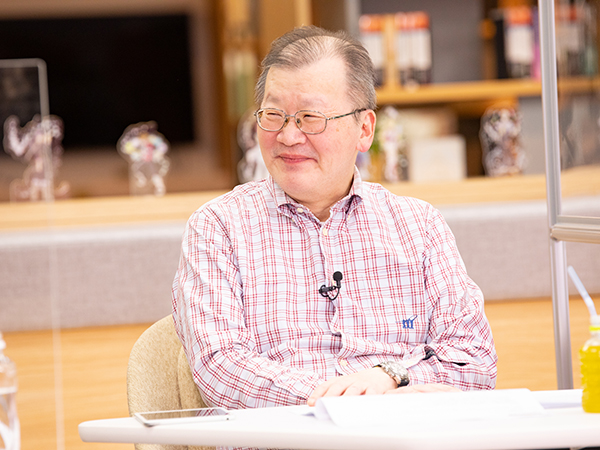
Players don’t sympathize with pipe dreams: The creators incorporated real-world problems to give stories depth
Kushida: “Tales of Destiny 2” (hereafter, Destiny 2) and “Tales of the Abyss” (hereafter, Abyss) were produced by Yoshizumi-san. Can you tell us how the stories came about and share some anecdotes with us?
Yoshizumi: I wanted to incorporate into every story something that was happening in the world around me. Although the setting for the “Tales of” series is a fantasy world, I was thinking that if I could insert elements relating to the real world, like discrimination and conflict, players could perceive things as their own issues. And at the time of development, in the early 2000s, there were a lot of conflicts in the world.
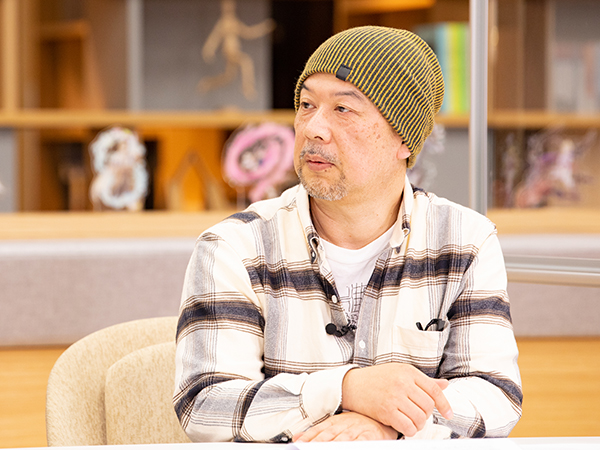
Okamoto: There were also some instances where touchy portrayals caused problems and we had to revise the screenplay. I can remember it even now.
Yoshizumi: Yeah, that happened too (laughs). I struggled to try to incorporate sensitive issues to the extent possible, as much as I could.
Tomizawa: That aspect is tricky, isn’t it? How people interact with each other and what things become sensitive changes over time. How extensively to raise an issue within the expressions available to us is a point that we struggle with every time.
Yoshizumi: But I think that’s really important. We can’t get players to sympathize with the game if it’s all pipe dreams and falsehoods. From that point of view, with “Abyss,” while incorporating real-world problems, we dared to throw curve balls.
The one who wrote that scene was Takumi Miyajima(*2), who wrote the screenplay for “Tales of Symphonia” (hereafter, Symphonia). The story includes technologies that touch on respect for life, such as clones. It deals with things that can feasibly happen in our generation, making people wonder things like “what if that became easily accessible?” or “what if that was abused by those in power?” “Abyss” is a story of social awareness, really.
*2 Takumi Miyajima: Screenplay writer actively involved with such things as original manga works and novels. She was in charge of the main screenplays for “Tales of Symphonia” and “Tales of the Abyss,” among others. She now works on the main screenplay for “Tales of the Rays.”
Staff sometimes had split opinions: The complexity of developing screenplays
Kushida: Higuchi-san, is there an anecdote that left a strong impression on you?
Higuchi: I don’t directly write the screenplays, but I’m closely involved in the stories. That’s the case with, for example, “Tales of Vesperia” (hereafter, Vesperia). When I read the first draft of the plot and something felt off, I discussed it with the screenplay writers. Actually, I felt like something was off with the screenplay for “Symphonia” written by Miyajima-san, who came up in the talk a few minutes ago. But she has her own reasons for her plots and configurations, and when I just accepted it and believed in Miyajima-san to carry on with the original plan, it turned out to be good work.
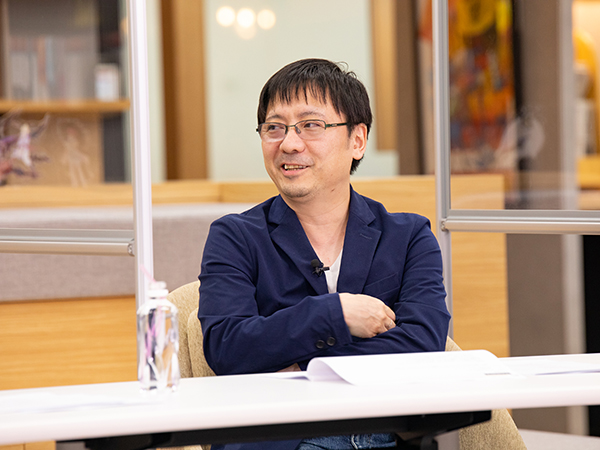
Kushida: What about “Symphonia” did you feel was off?
Higuchi: Things that are weighty topics, like when Colette loses her senses as the price for breaking open the seal. When I was reading that this was the plot, it got really tough, and at first, I thought, “Is it really okay to go ahead with it like this?”
But Miyajima-san said, “With the voice actor’s performance and as the character is fleshed out more, it should gradually be mitigated.” And when I took her at her word and tried playing the game, even while the finish got milder, the weighty elements still really resonated with me, so I thought, “Wow, our screenplay expert is amazing!”
So, after that happened, I figured with “Abyss” as well that I should trust Miyajima-san and go ahead with things. But again, the topics were weighty, and also the mechanism was bold, and as a result, the staff was largely divided into those who supported the plot and those who opposed it. Because of that, at first, I figured we should change it somehow, but I could also understand very well what the supporters were saying — and more than anything, it was really interesting. So ultimately, we went with the plot as is, and it too ended up being wonderful as a game experience. Now that I think about it, Yoshizumi-san, you were pretty supportive at the time, including with respect to the relationship between the protagonist Luke and his rival Asch, right?
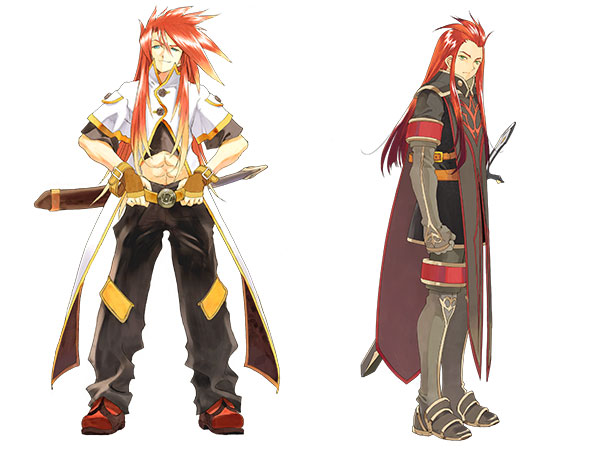
Yoshizumi: Miyajima-san’s screenplays have a lot of tricky configurations. Normally, you would think that Luke and Asch’s roles in “Abyss” would be the other way around. There were a lot of staff members, too, who thought “Shouldn’t Asch be the protagonist?” But Miyajima-san said, “It’s interesting because Luke is the protagonist.” She’s a master who exceeds our expectations every time and comes up with things that are truly outstanding.
What led to the voice elements that gave hints to users during battle?
Tomizawa: Next, let’s move to the subject of characters. We’ve already talked a little about characters, but I’d like you to also talk about things you couldn’t fully tell us about yet. Even after 25 years of the “Tales of” series, the appeal of its characters has not faded.
Kushida: The voices during battles, in particular, highlight the characters’ personalities. How did this element come about?
Udo: Actually, we introduced the voice element during battle to help players understand the battle system, as it was difficult to get across. For example, in “Destiny 2,” if you’re low on Spirit Points(*3), your attacks will miss their mark. Even if we write that explanation just like that on the help page, players won’t read it. So, as a result of some trial and error, we decided that “if the character says it, they’ll likely understand it.”
*3 Spirit Points: Numerical value that represents a character’s mental power and ability to focus. When it falls below a certain number, their hit rate and evasion rate decline, and if the character attacks when they’re near zero, they themselves get damaged.
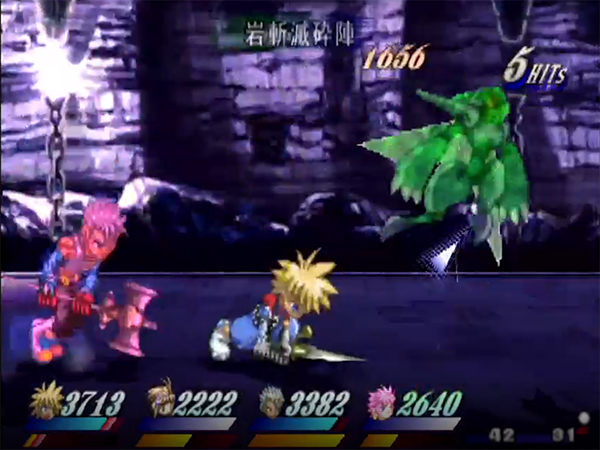
Udo: As the one in charge of it, I thought long and hard about that battle system. In “Destiny 2,” the characters explain the bosses’ attack methods. The dialogue in the script is also an element derived from “Destiny 2.” Like being poisoned after the battle ends and reacting to that, for example, we made it so that depending on the user’s actions, changes occur in the interactions.
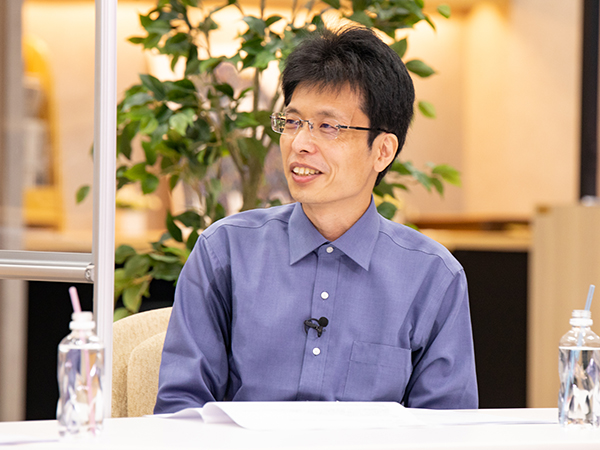
Yoshizumi: I think when you add voices, it gives the characters soul. The battles get heated, and the story goes deeper.
Higuchi: But from a developer’s perspective, the element of dialogue between the voices is a gamble. If the battle system or balance changes, for example, the script also changes, and we can no longer use the voices that were recorded. We have to do things very deliberately from the initial stages or the lines get difficult.
Udo: I was in charge of the battle system and we went about it on the assumption that we might not be able to use the recorded voices.
Tomizawa: What Higuchi-san was talking about, where if the battle system changes, we have to change the voice, is an eternal challenge. But if we think of it as a chance to record things again, it will become an opportunity to give players a richer experience. In game-development, if you’re really committed, you can achieve just about anything, but you have to wrap-it-up somewhere. So, figuring out to what extent you can instill a soul into a character in a limited amount of time was an experience that I want to put to good use in future productions as well.
Screenplay writers sometimes choose the voice actors; the voices instill souls in the characters
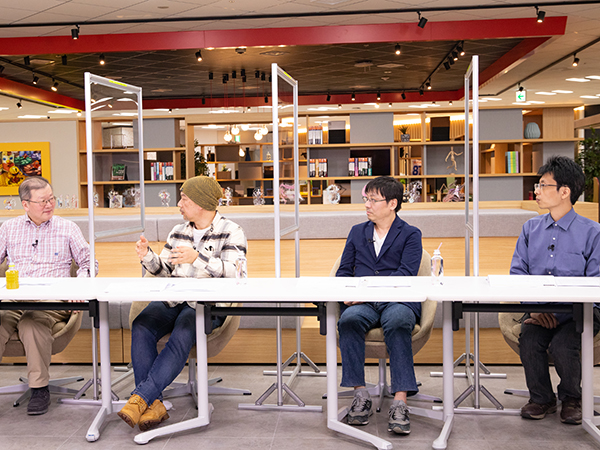
Kushida: Based on what you’re saying, it seems the voice actors played quite a large role in creating the characters. How do you go about the process of casting?
Yoshizumi: Basically, we do auditions mainly for the protagonist and the heroine. We listen to a sample CD and we choose carefully based on which voice actor fits the character.
Kushida: The “Tales of” series has been enlisting popular voice actors right from the early stages, hasn’t it?
Yoshizumi: I think what happened is, since we hired voice actors who were young at that time, later on they all grew into popular voice actors. The “Tales of” series’ scripts contain a lot of lines. Because of that, we preferred someone who was energetic and didn’t seem like they would get hoarse. Plus, they had to come to the studio over and over, so a younger person was sort of the preference. Among those, Jun Fukuyama, the voice actor who played the “Destiny 2” protagonist Kyle, has really impressed us ever since then with his amazing acting skills.
Kushida: Were there certain deciding factors or selection criteria for who you hired?
Higuchi: There are a lot of different patterns and there are even some cases where the screenplay writer picks them. For a variety of reasons, we’ve not been able to bring all of those to fruition, but those are often the ones that fit best. Jade in “Abyss” followed that pattern; Miyajima-san herself was supposedly thinking of Takehito Koyasu from the outset when she wrote the part.
In addition to that pattern, there are also cases where the sound director chooses for us. Those turn out surprisingly well, actually. Those of us on the staff understand about voice quality and acting, but we don’t know a voice actor’s personality. In that regard, the sound directors know an actor’s personality and even their stance, so when they choose a voice actor based on their desire to work together to help develop the character, the character gets better and better.

Yoshizumi: Sometimes a voice actor’s persona and their character’s personality match, so in that case, it feels natural, as if the character himself is actually speaking. When we record the audio, it’s a lot of fun. The moment when a soul inhabits a character is really interesting.
Higuchi: The voice actor’s presence is extremely important, and without their acting and voices, I don’t think the “Tales of” series would work out. The first time I sat in on a recording was for the last animation movie of “Destiny 2,” and I was so moved during the recording that I cried. I felt like, “What a privilege this job is!”
.png)
The voice actor’s disposition creates the character’s appeal
Tomizawa: Now let’s dig deep into the methods for recording the audio. For the “Tales of” series, we try to bring all the voice actors together for recording, as much as possible. Where did that dialogue style come from?
Yoshizumi: Well, that sort of came about naturally (laughs). When they engage in dialogue, the mood is different, and if you can cover up the dialogue, the finished product comes out very different. Chihiro Suzuki did the voices for Luke and Asch in “Abyss,” and during the recording, he tried to do the dialogue between Luke and Asch by himself. He said, “I’ll give it a try!” But obviously, there’s only one Suzuki-san, so it didn’t work… (laughs). It was fun to give full play to that kind of disposition by the voice actor and his urge to act it out a certain way.

Tomizawa: It’s precisely because the recording process takes a long time that we’re able to do such meticulous interactions and form good relationships with the voice actors. That helps to build the character’s appeal as well.
Okamoto: We suffered with that aspect on the early works. Around the time of “Eternia,” the audio capacity was limited, and even three CDs wouldn’t hold it all. We cried as we cut parts out. For the first “Phantasia” title too, we only had capacity for what would be 6MB by today’s standards.
Yoshizumi: But you want to find some way to get the character’s appeal across to the users, you know? We had a sense of responsibility, and in technical terms as well, we just worked it out by trial and error. It was worth it, as with “Phantasia” we were able to create something that the industry marveled at. When we showed the demo on a game show at the time, it was mistaken for a video. While we poured our hearts into making it, that technology was unthinkable at the time, so they couldn’t believe it (laughs). They were astonished that we could make something like that with technology those days.
Kushida: I’m sure there’s a lot of things you’d still like to say, but at this point we should move into Part 2. In Part 2, we’ll move on to the subjects of the battle system and the theme songs and background music.

Editor’s Note
In Part 1, we looked at topics relating to elements common to the entire “Tales of” series, especially the stories and characters. In Part 2, our talk will revolve around the subjects of the battle system along with theme songs and background music. Don’t miss it!
Gaku Suzuki
Writer born in 1986. He’s written news articles on more than 350 people in the past. He covers a lot of fields, but lately he is writing primarily about the business field. His publications include “Kyoto no Koakinai: Shu-shoku Shinai Ikikata Gaido (Kyoto’s Small Businesses: A Guide to How to Live without Finding a Job)” (San-Ei Publishing Company). He likes consumer games, drinking, and bath houses.



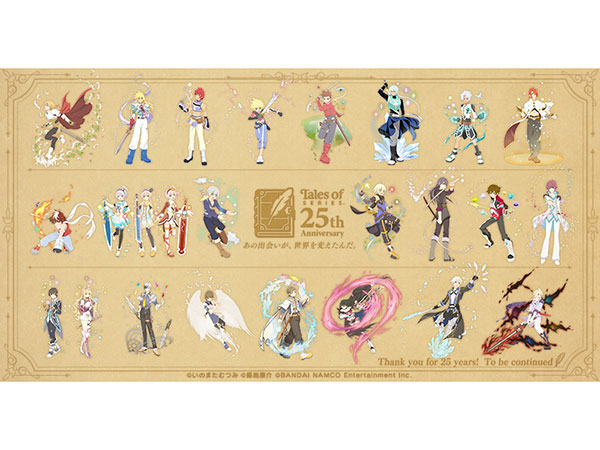

The series’ true father, he’s been a part of the series since the original title, “Tales of Phantasia.” Known for his work on the production of arcade games such as “Pole Position,” “Tank Battalion,” and “Xevious,” he also produced games for home console systems including the “Walküre” series, the “Xenosaga” series, and “God Eater,” among others.